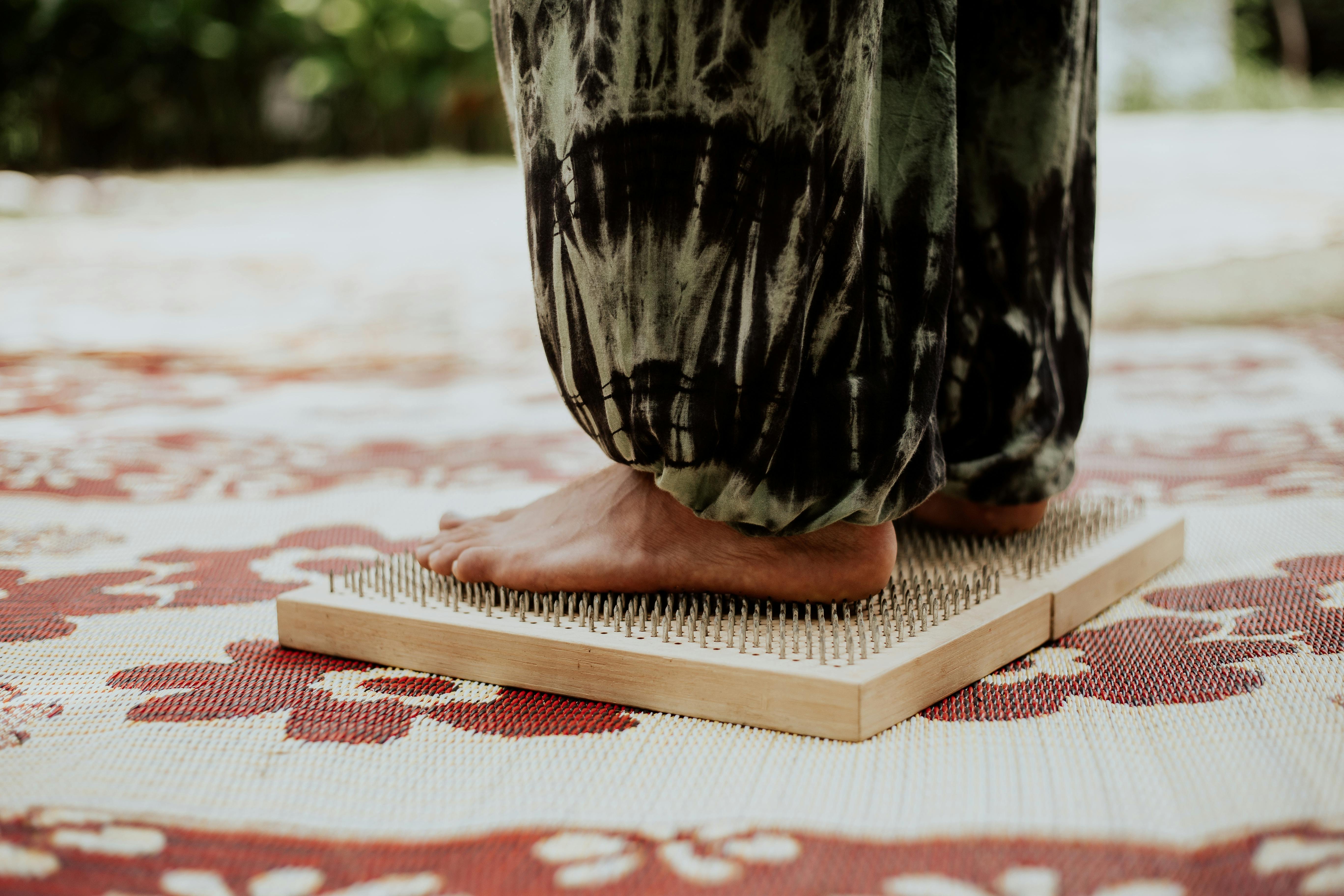A Guide to Asian Massage: Traditional Therapies for Relaxation and Natural Healing
Blending time-honored practices with a focus on holistic well-being, Asian massage offers a unique path to relaxation and inner balance. This guide explores how techniques like Thai, Shiatsu, and Ayurvedic massage can support natural healing, ease muscle tension, and encourage calm—highlighting the traditions behind each method and their potential impact on mind and body.

What is Asian massage therapy and how does it differ from Western techniques?
Asian massage therapy is rooted in traditional Eastern medicine philosophies, emphasizing the balance of energy within the body. Unlike Western massage techniques that primarily focus on muscle manipulation, Asian massage aims to restore the flow of vital energy, known as “qi” or “chi,” throughout the body.
These therapies often incorporate pressure point stimulation, stretching, and energy work. The practitioner uses various techniques to unblock energy pathways, promoting physical and mental well-being. Asian massage views the body as an interconnected system, addressing not just physical symptoms but also emotional and spiritual aspects of health.
What are the main types of traditional Asian healing massages?
Several distinct styles of Asian massage have evolved over centuries, each with its unique approach to healing:
-
Thai Massage: Originating in Thailand, this dynamic technique combines acupressure, stretching, and yoga-like postures.
-
Shiatsu: A Japanese therapy that uses finger pressure on specific body points to balance energy flow.
-
Tui Na: A Chinese massage that incorporates pushing, kneading, and stretching to address specific health issues.
-
Ayurvedic Massage: An Indian practice that uses warm oils and herbs to detoxify and rejuvenate the body.
-
Reflexology: While not exclusively Asian, this technique focuses on pressure points in the feet to affect corresponding body parts.
What are the key benefits of Thai massage?
Thai massage, also known as “lazy person’s yoga,” offers numerous benefits for both body and mind:
-
Improved flexibility: The stretching techniques help increase range of motion and flexibility.
-
Stress relief: The rhythmic pressure and stretching promote relaxation and reduce stress.
-
Energy boost: By stimulating energy lines, Thai massage can leave you feeling revitalized.
-
Pain relief: It can alleviate chronic pain conditions, especially in the back, shoulders, and neck.
-
Better circulation: The combination of pressure and movement enhances blood flow throughout the body.
-
Improved posture: Regular sessions can help correct posture imbalances and alignment issues.
What are the essential Shiatsu massage techniques?
Shiatsu massage, meaning “finger pressure” in Japanese, employs several key techniques:
-
Pressure application: Using thumbs, palms, and sometimes elbows to apply firm, steady pressure on specific points.
-
Kneading: Gentle squeezing and rolling of muscles to release tension.
-
Stretching: Gentle limb extensions to improve flexibility and energy flow.
-
Rocking: Rhythmic movement of the body to promote relaxation and energy circulation.
-
Tapping: Light, rapid tapping to stimulate energy points and invigorate the body.
-
Holding: Sustained pressure on specific points to release blockages and promote healing.
How can one incorporate Asian massage techniques into daily self-care routines?
Integrating Asian massage techniques into your daily life can enhance overall well-being:
-
Self-acupressure: Apply gentle pressure to specific points on your body, such as the temples for headache relief or the wrists for stress reduction.
-
Foot reflexology: Use a small ball to roll under your feet, stimulating reflex points.
-
Thai-inspired stretches: Incorporate simple yoga-like stretches into your morning or bedtime routine.
-
Shiatsu hand massage: Gently massage your hands, focusing on pressure points to relieve tension and improve energy flow.
-
Mindful breathing: Practice deep, diaphragmatic breathing, a cornerstone of many Asian healing traditions.
Remember, while these self-care techniques can be beneficial, they should not replace professional medical advice or treatment for serious conditions.
What training and certification options are available for aspiring Asian massage therapists?
For those interested in pursuing a career in Asian massage therapy, various training and certification options are available:
-
Thai Massage Certification: Programs typically range from 30 to 200 hours, covering traditional techniques and theory.
-
Shiatsu Practitioner Training: Comprehensive programs often require 500+ hours of study and practice.
-
Traditional Chinese Medicine (TCM) Programs: These may include Tui Na massage alongside acupuncture and herbal medicine studies.
-
Ayurvedic Massage Certification: Training can range from short courses to multi-year degree programs.
-
Integrative Massage Therapy Programs: Some schools offer programs that combine various Asian and Western techniques.
| Training Program | Duration | Typical Cost Range |
|---|---|---|
| Thai Massage Certification | 30-200 hours | $500 - $3,000 |
| Shiatsu Practitioner Training | 500+ hours | $5,000 - $15,000 |
| TCM Program (including Tui Na) | 2-4 years | $20,000 - $60,000 |
| Ayurvedic Massage Certification | 50-500 hours | $1,000 - $10,000 |
| Integrative Massage Therapy | 600-1000 hours | $8,000 - $20,000 |
Prices, rates, or cost estimates mentioned in this article are based on the latest available information but may change over time. Independent research is advised before making financial decisions.
In conclusion, Asian massage therapies offer a rich tapestry of healing traditions that can promote relaxation, balance, and overall well-being. Whether you’re seeking professional training or simply looking to incorporate some techniques into your daily routine, these time-honored practices provide valuable tools for maintaining physical and mental health in our fast-paced world.
This article is for informational purposes only and should not be considered medical advice. Please consult a qualified healthcare professional for personalized guidance and treatment.
The shared information of this article is up-to-date as of the publishing date. For more up-to-date information, please conduct your own research.




